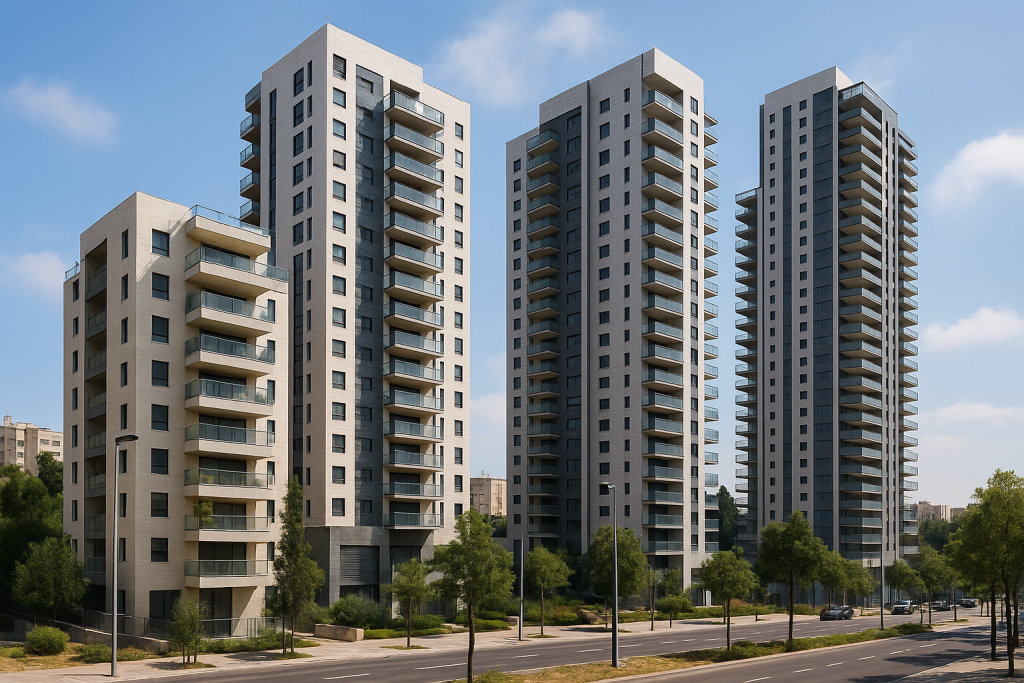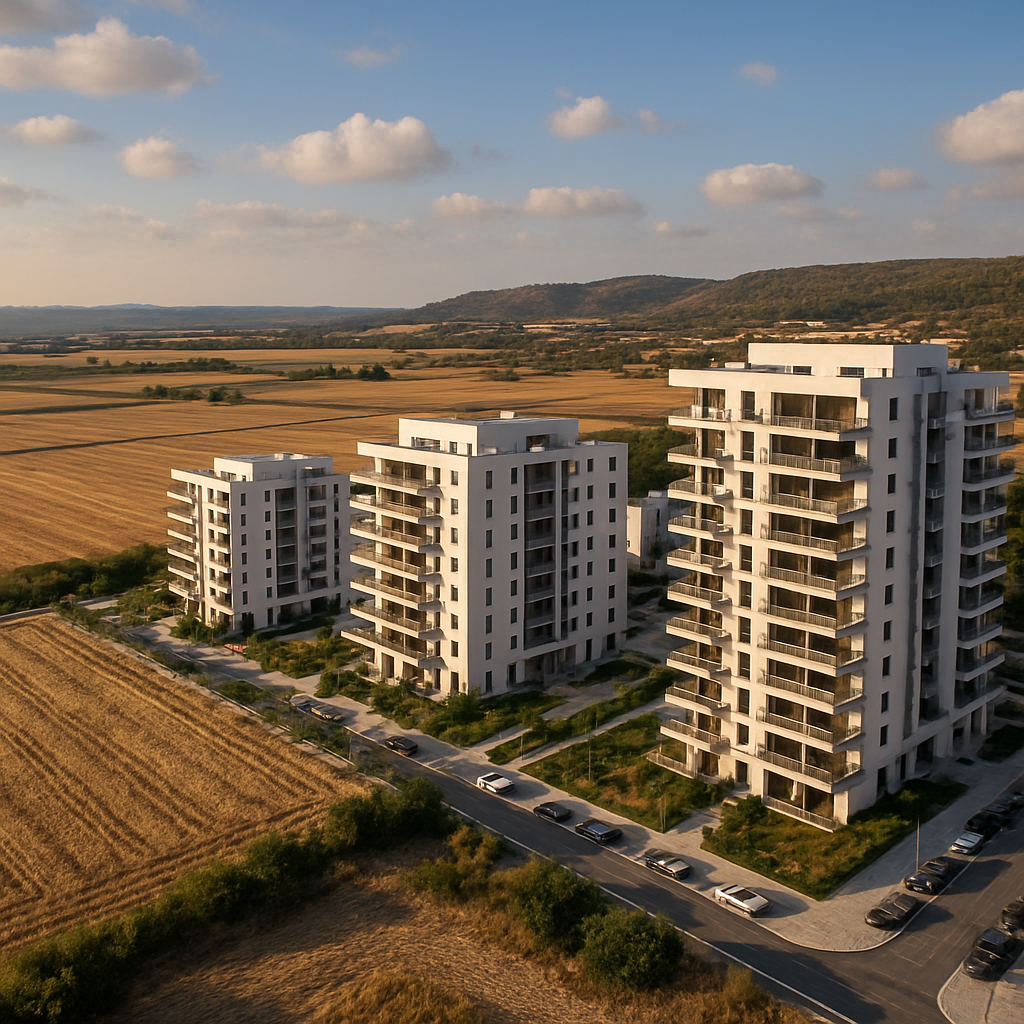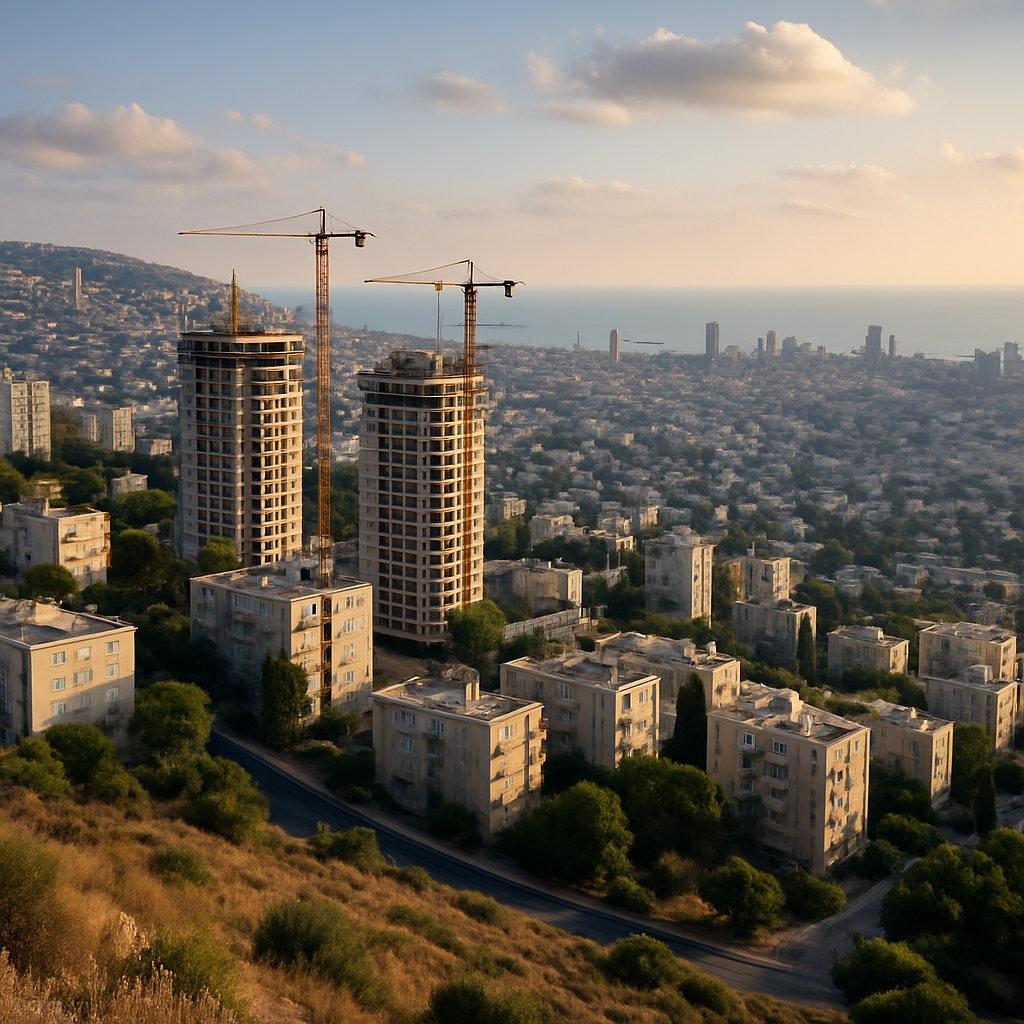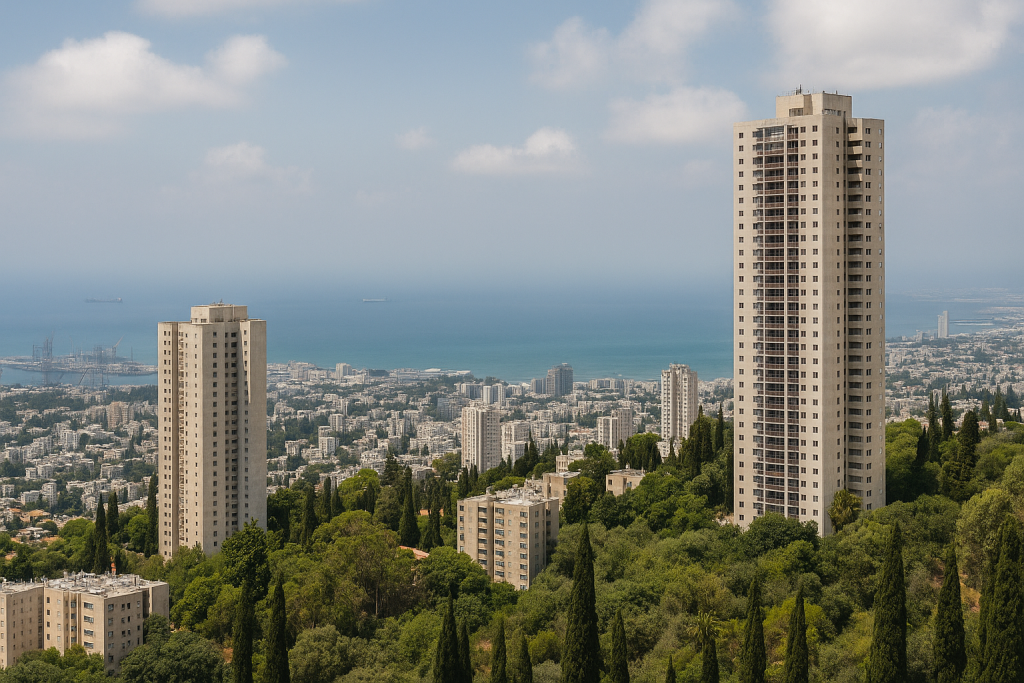This week, Dor Neuman was featured on Channel 10 Economics’ main panel for an in-depth discussion about the state of the real estate market in Israel. During the conversation, three central topics that are shaping the market today were analyzed: the slowdown in transactions, the state of urban renewal, and the expected impact of establishing the NVIDIA campus in the north.
Courtesy of Channel 10 Economics
What is behind the Slowdown in Purchases and why Prices Behave Differently in each Region
The real estate market in Israel presents a complex picture. On one hand, there is a sharp decline in the number of transactions, and on the other hand, prices are not dropping significantly. High interest rates, instability, and difficulty in making financial decisions cause many buyers to wait. Simultaneously, a large gap has been created between different regions in the country.
In the center and Gush Dan area, a decline in demand and even a moderate decrease in prices has been recorded. After years of sharp increases, prices have reached a level that is difficult for buyers to afford. High interest rates make it difficult for many households and create a natural halt in the market.
Despite this, developers are hardly lowering prices. The main reasons for this are restrictions from lending banks, rising construction costs in recent times, and low profit margins in new projects. Additionally, apartment buyers in Tel Aviv and the center are forced to move to smaller apartments in order to stay close to employment areas.
The South Weakens and Haifa Strengthens
In the south of the country, price decreases are recorded due to a large supply of land and extensive construction. Large projects and programs like “Buyer’s Price” have significantly increased supply, and therefore prices are consistently declining.
In Haifa, the opposite process is occurring. Prices are rising due to limited land supply, natural planning constraints, and northward population movement. Haifa continues to attract young families seeking a combination of quality of life, academia, employment, and more accessible prices compared to the center.
Expected Interest Rate Reduction and its Impact on the Market
When interest rates drop again, the market is expected to gradually awaken. The second-hand market will be the first to respond, thanks to accessible prices and high availability. Subsequently, an increase in demand for new apartments is expected, where inventory is lower and may again create pressure for price increases.
Urban Renewal and Rehabilitation of War-Affected Areas
The new law for rehabilitating areas affected by the war emphasizes the use of urban renewal as a central tool for rehabilitation. The law includes the possibility of reducing the required majority for tenant consent to 51 percent and aims to shorten lengthy processes that currently last many years.
Will this actually happen in practice? Dor Neuman emphasizes that this is a correct step, but the implementation in the field will determine whether real acceleration occurs.
NVIDIA’s New Campus in Kiryat Tivon and its Impact on the North
The establishment of the NVIDIA campus in Kiryat Tivon could be a significant turning point for the north. A technological center of this magnitude is expected to attract engineers, high-tech professionals, and young families. The move will affect housing prices not only in Tivon, but also in Haifa, the Krayot, and neighboring authorities.
Beyond new employment, infrastructure upgrades, environmental development, and increased demand for housing are expected. Investors who act in the area now may benefit from future growth.






